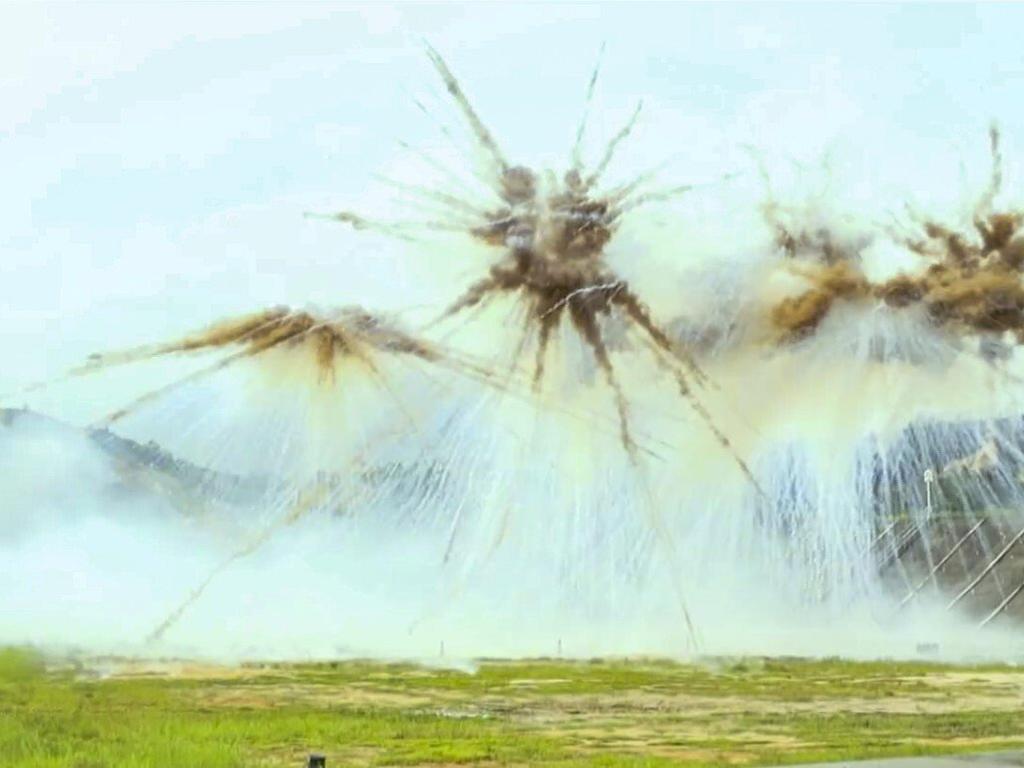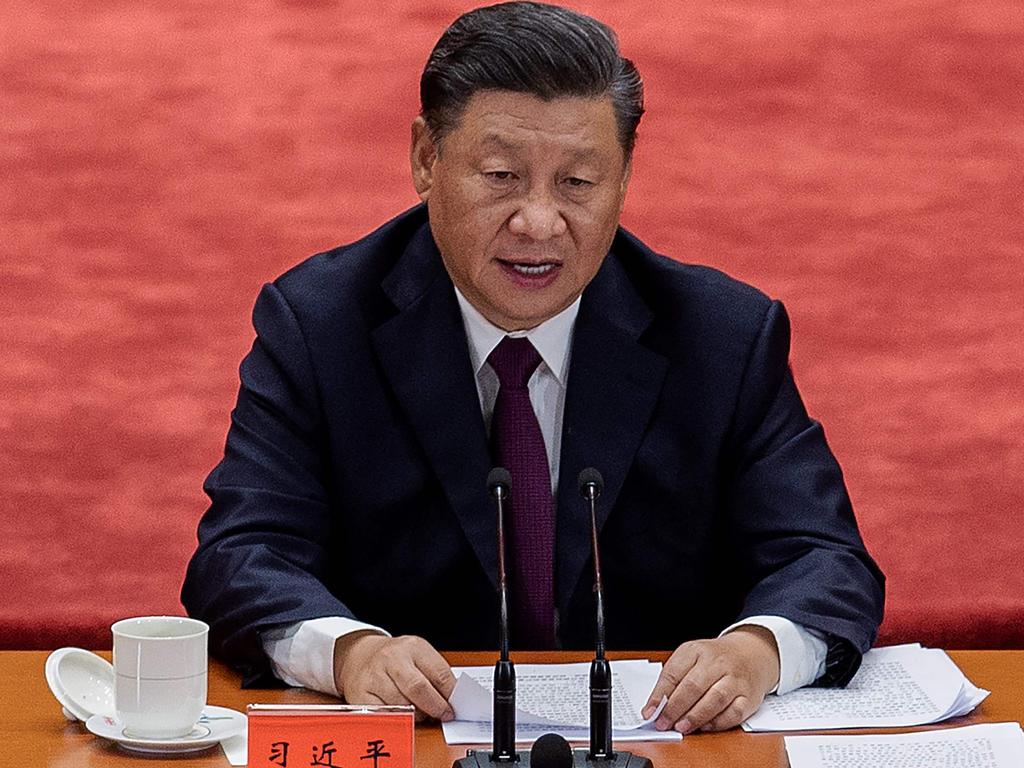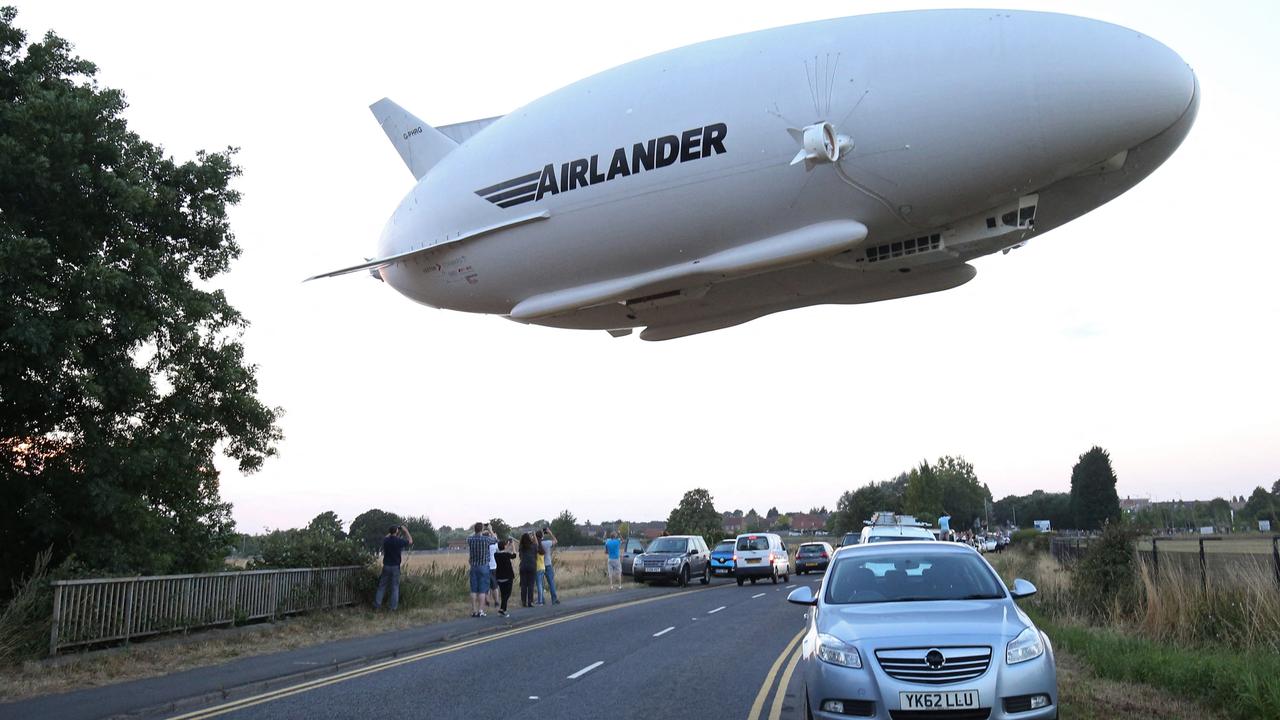China’s microwave pulse weapon defeats Indian troops at Himalayan border
Chinese forces turned two strategic hilltops occupied by Indian soldiers ‘into a microwave oven’, a Beijing professor reveals.
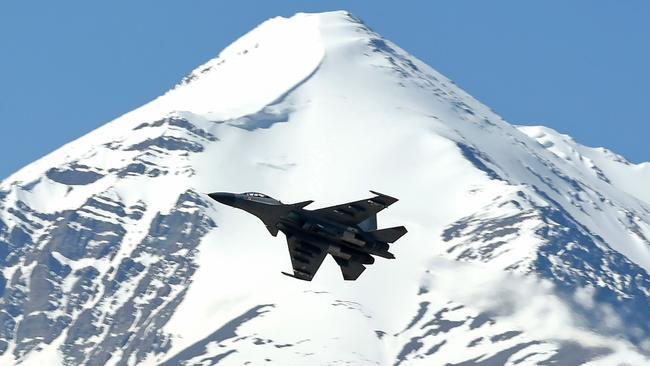
China’s military used microwave weapons to force Indian troops to retreat during a border stand-off in the Himalayas, a Beijing professor has claimed.
Its forces turned two strategic hilltops occupied by Indian soldiers “into a microwave oven”, Jin Canrong, a professor of international relations at Renmin University in Beijing, told students during a lecture.
The Indian troops were forced back, allowing the positions to be retaken without an exchange of conventional fire, he said.
The People’s Liberation Army “beautifully” seized the ground without violating a no-live-shot rule governing the orders of engagement in the mountain stand-off.
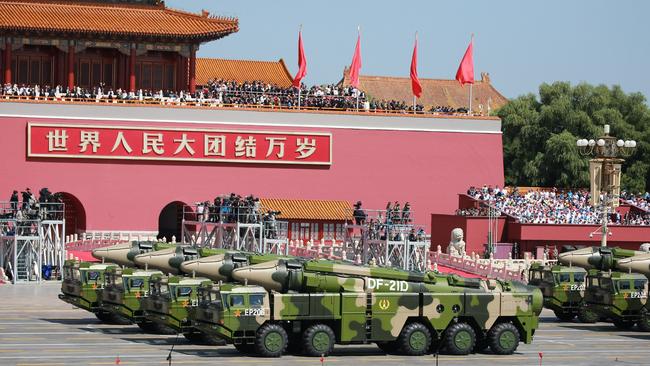
Microwave weapons focus high frequency electromagnetic pulses at targets, causing irritation and pain by heating up any human tissue in its way.
“We didn’t publicise it because we solved the problem beautifully,” Mr Jin said. “They [India] didn’t publicise it either because they lost so miserably.”
The professor said that Chinese troops fired from the bottom of the hills and “turned the mountain tops into a microwave oven”.
“In 15 minutes, those occupying the hilltops all began to vomit,” he said. “They couldn’t stand up, so they fled. This was how we retook the ground.”
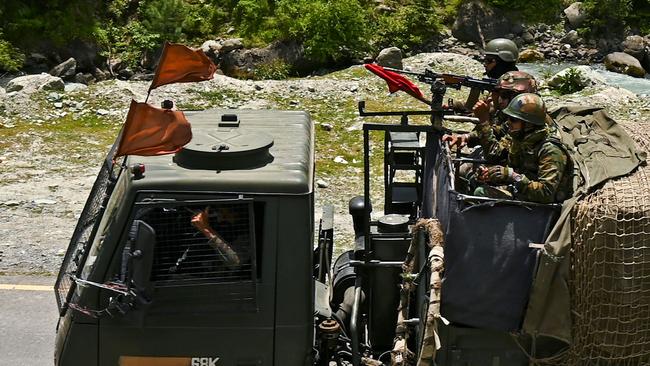
The two sides have been locked in a border dispute since April in the Ladakh region, which culminated in bloody hand-to-hand combat in the Galwan River valley in June. Twenty Indian soldiers and an unknown number of Chinese were killed.
The microwave attack was said to have taken place on August 29.
The two countries have a longstanding dispute over their border, each accusing the other of encroaching on territory.
Despite rounds of high-level talks, the two armies have shown no sign of disengagement but are seeking to strengthen their positions, while sticking to the no-live-shot rule to avoid escalation and a repeat of the 1962 Sino-Indian War.
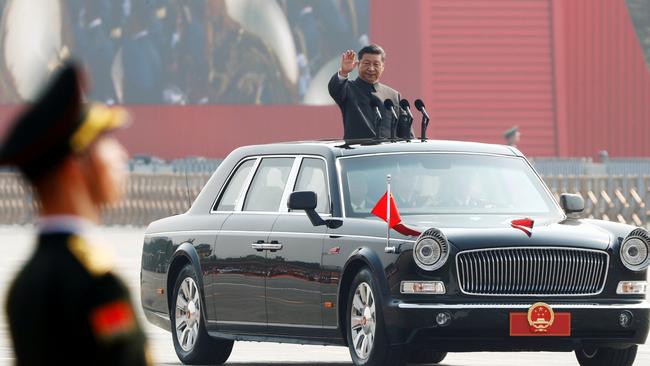
Microwave weapons attracted attention recently as America researched radio-frequency or electromagnetic pulse weapons that use high-energy radiation to attack targets.
This may be the first use of such weapons against hostile troops.
Mr Jin said in his lecture that India had surprised China by sending in a team of Tibetan soldiers, known for their mountaineering skills, to seize two critical hilltops on the southern bank of the Pangong Tso Lake, in eastern Ladakh on August 29.
“At the time, the western theatre command [of the People’s Liberation Army] was under huge pressure,” the scholar said. “These two hilltops are very important but we’d lost them.
“The central military commission was quite furious: ‘How could you be so careless as to let India seize the hilltops?’ So it ordered the ground be taken back but it also demanded that no single shot be fired.”
Ranets E High Power Microwave Directed Energy Weapon🇷🇺
— Sukhoi Su-57 Felon 🇷🇺🇮🇳 (@I30mki) November 6, 2019
The Ranets E is a High Power Microwave (HPM) weapon system intended to produce electrically lethal damage or disruption and dysfunction in opposing airborne systems, be they aircraft or guided munitions in flight. @200_zoka pic.twitter.com/s1zqA2zV6i
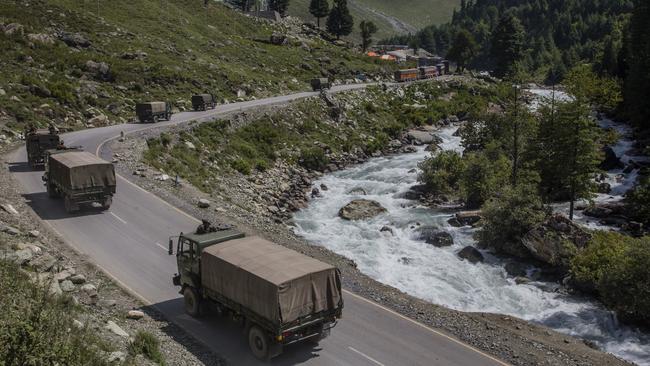
Mr Jin said that it was almost impossible for the Chinese soldiers, who were mostly from the lowlands, to fight at an altitude of 5600m.
“Frankly speaking … their bodies won’t stand it,” he said. “Then they came up with the clever idea to use microwave weapons.”
Ten years ago America took a vehicle-mounted microwave weapon, called an Active Denial System, to Afghanistan. It was withdrawn, allegedly without being used in combat.
It is suspected that microwave weapons were used in an attack against US diplomats and their families in the southern Chinese city of Guangzhou, northwest of Hong Kong, in 2018.
They may also have been responsible for the symptoms described by American and Canadian diplomats posted to Cuba from 2016.
Most people exposed to microwave radiation report significant discomfort but no permanent ill-effects.
Some studies, however, suggest that long-term exposure might cause cancers.
The Times

